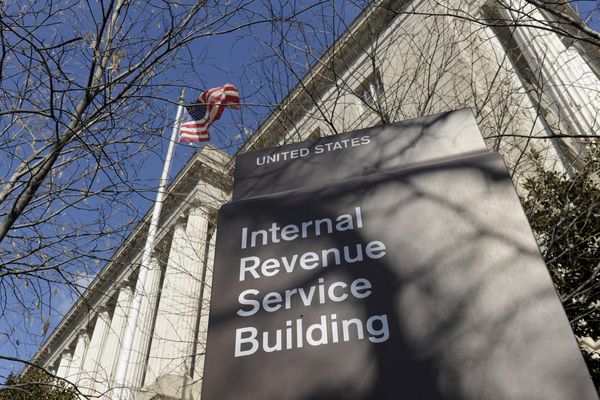
Queensland is readying for worse-than-usual bushfire conditions in coming months with significant resources already hitting the ground.
The state's fire response has ramped up with the aerial fleet arriving in Bundaberg and Townsville just days into spring.
"We are already starting to see fire activity and we are keeping a close eye on conditions," Rural Fire Service Queensland Chief Officer Ben Millington said on Friday.
A 10,000-litre Large Air Tanker will be based in Bundaberg over spring and summer to be deployed to coastal and inland areas.

Bundaberg will also be the base for a Eurocopter and a waterbombing Blackhawk to support the state's firefighting service and volunteers.
Two Bell 214B helicopters, two AirTractor AT-802 fixed-wing bombers, two air attack supervision platforms and a specialist intelligence-gathering light helicopter are on standby at Townsville Airport.
Queensland has now contracted an aerial fleet of 13 aircraft with a total waterbombing capacity of more than 32,000 litres.
There are also 150 aircraft on-call if the state needs them.
"The aerial firefighting response fleet ... delivers an extra layer of support for firefighters and peace-of-mind for Queenslanders," Fire and Disaster Recovery Minister Nikki Boyd said.
Mr Millington says the aerial fleet provides significant support to ground crews, especially as fire activity increases.
It follows the stark seasonal bushfire outlook for spring which found the unseasonal rainfall in Queensland over recent months has increased fuel loads and fire risks.
Parched grasslands caused by winter frosts and dry winds have driven an increased fire risk in southern and central Queensland, the forecast by national fire and emergency services council AFAC revealed.
"The biggest risk this bushfire season is expected to be grass fires, which have the potential to spread quickly in the significant fuel loads built up over the past two years due to rainfall, Mr Millington said.
With hot conditions forecast to continue through spring, Queenslanders are warned to prepare now.
"It is so important that everyone's properties are ready," Queensland Fire Department Commissioner Steve Smith said.
"It can make all the difference if the worst were to happen."







